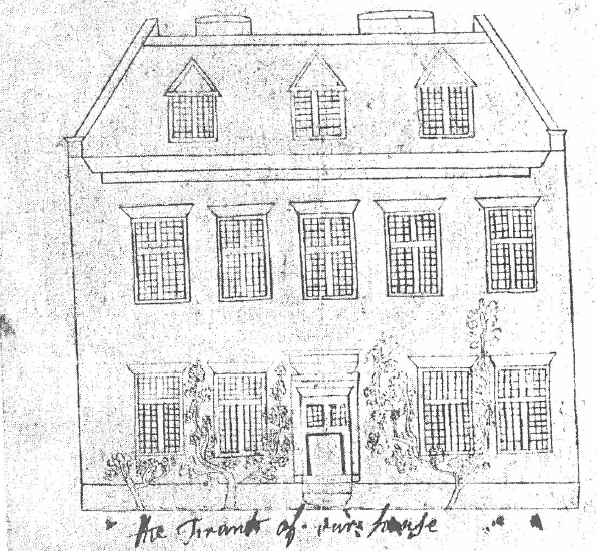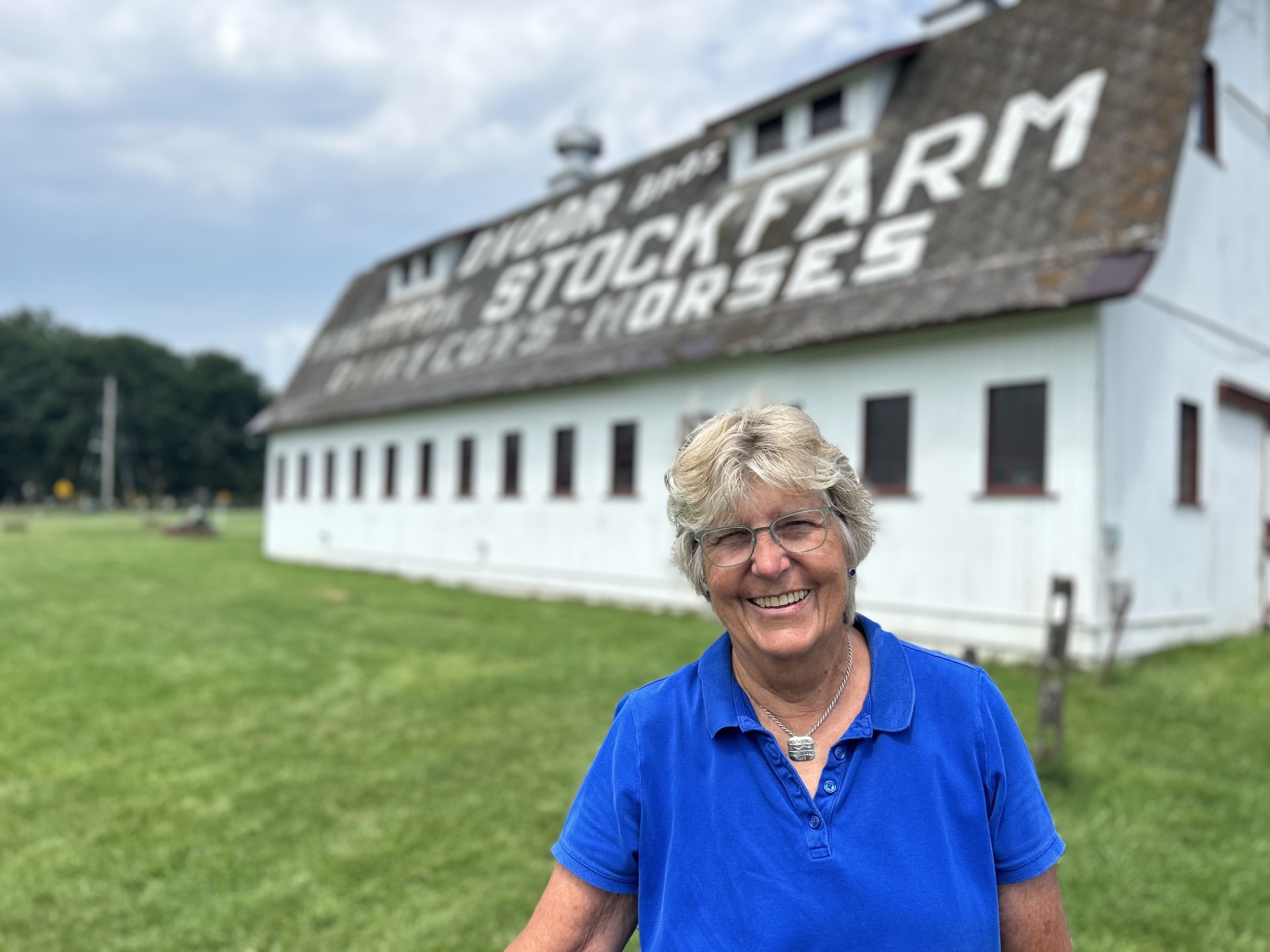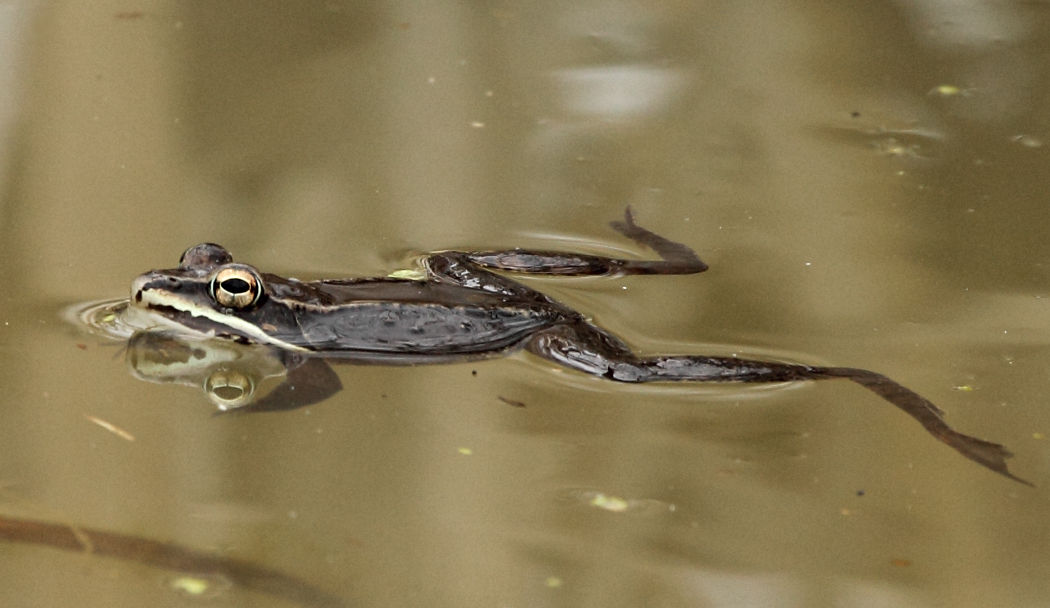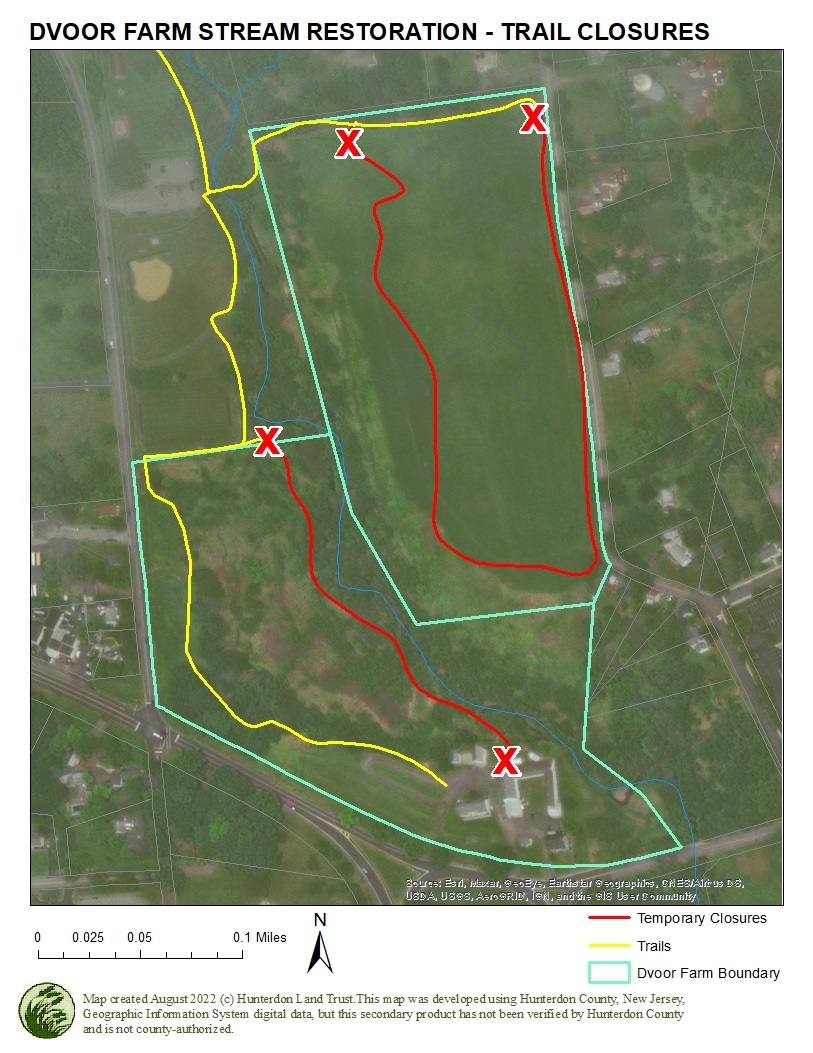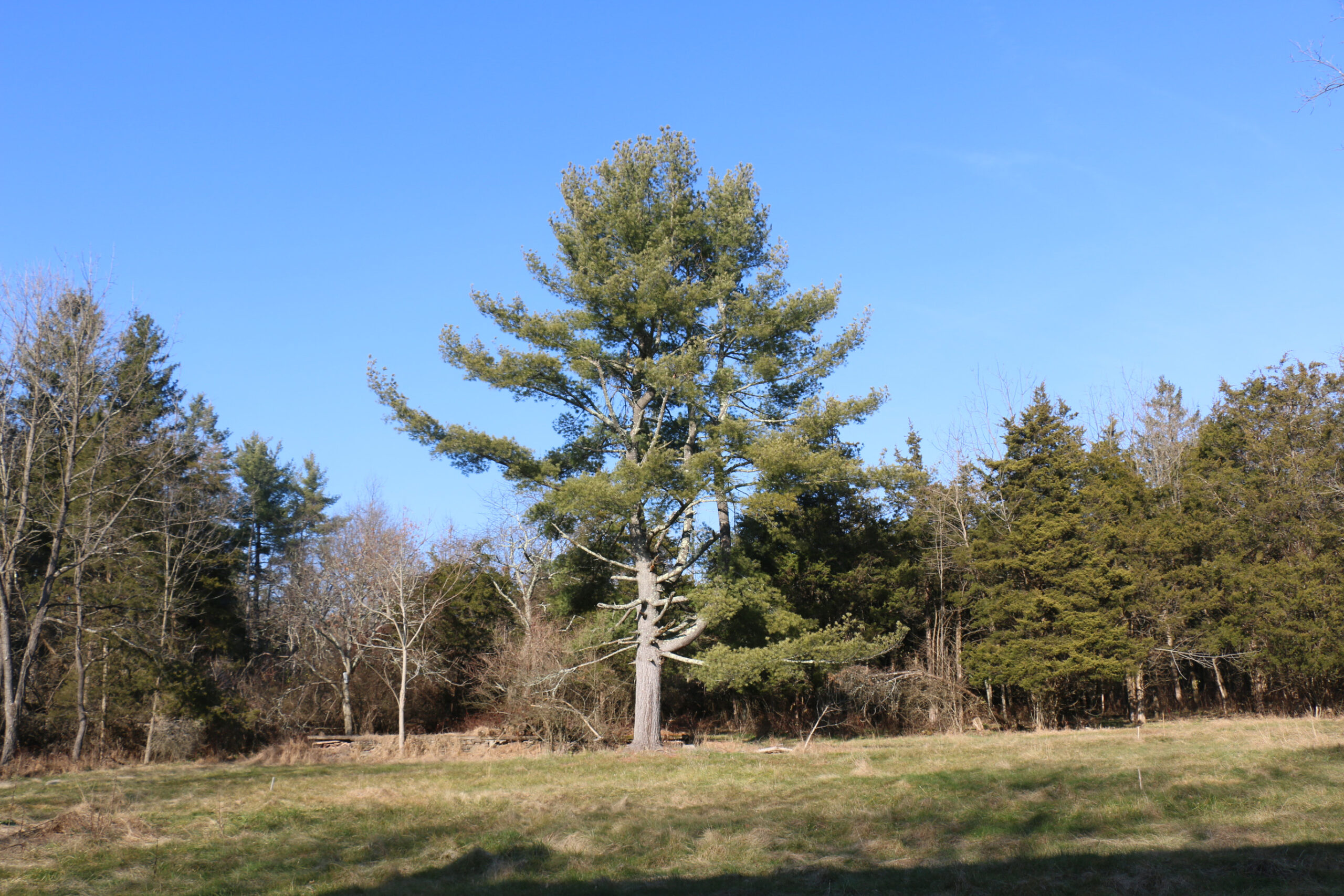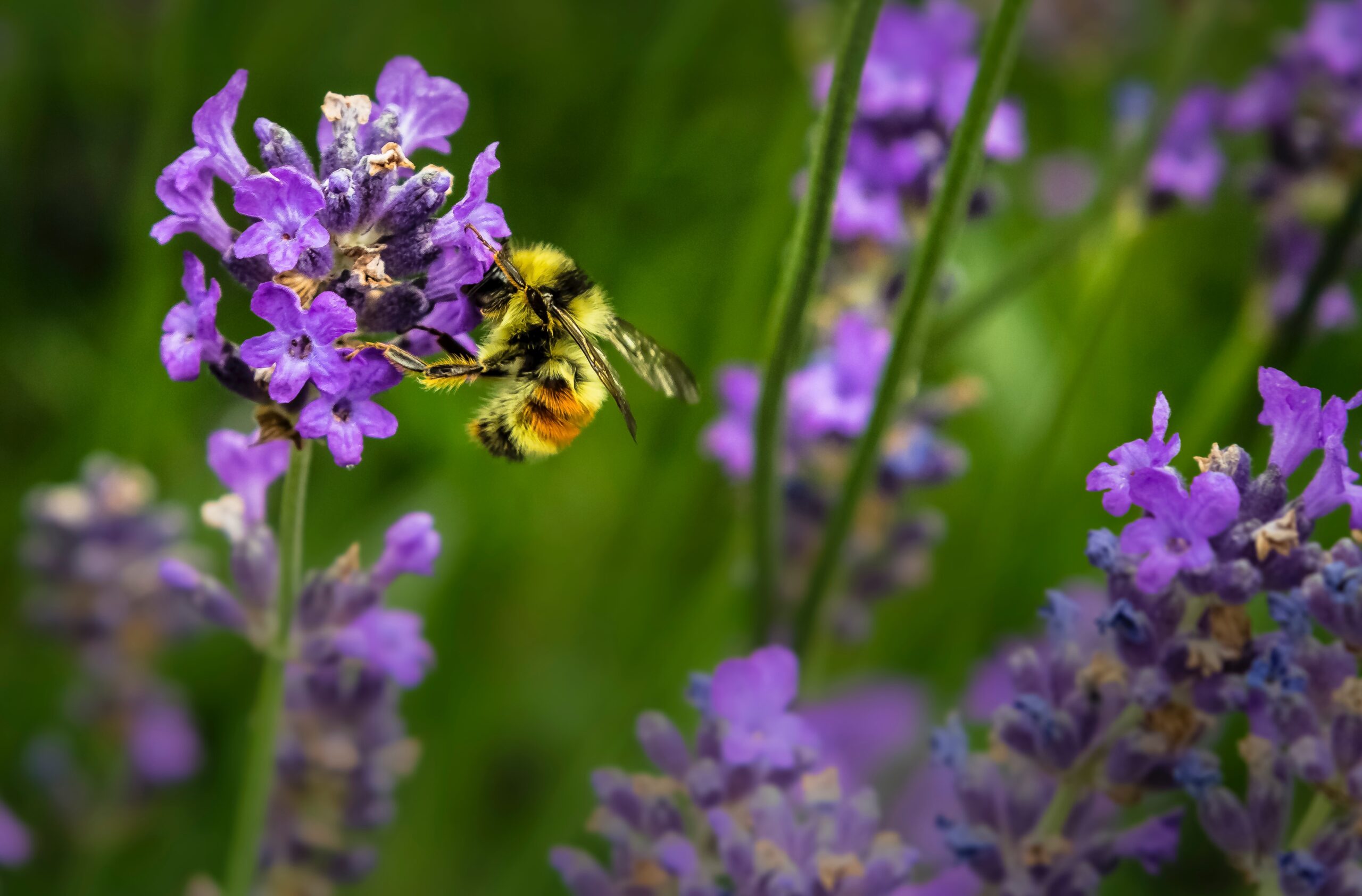(We continue with our story of the history of the Case-Dvoor Farm by looking at Philip Cases and his efforts to farm the land in the 18th century. To read about Johan Philip Case, who settled on the land around the route 12 circle, please go here.)
Philip Case, who built the 1798 stone house that now serves as the Hunterdon Land Trust’s headquarters, was born in 1753, the son of Johan Philip Case from his second marriage. In 1780, we learn from Amwell tax roles, that Philip and his brother Peter owned a small house lot and a tannery with 19 vats, four horses, two cattle and two slaves. Peter sold his his interest in the property to his brother five years later for 200 pounds, a considerable sum which suggests that the business was prospering. Records indicate that in the ensuing years, Philip’s holdings continued to increase.
Surviving letters and diaries written by the extended family of Joseph Capnerhurst (later changed to Capner) include many references to their neighbor Philip. For instance, on April 30, 1787, Capner’s uncle John Hall noted in his diary that Philip Case had agreed to cut trees on the Capner farm and split them into rails in exchange for the bark, a material used in the tanning process. The Capners and Cases also appear to have collaborated in various activities including cheese and butter making, the well-watered farms of both families being particularly suitable for dairying. On June 22, 1787, John Hall wrote about building shelves in the Capner cellar for cheese and that “Sister and Mrs. Case returned about 2 or 3 o’clock and bring plenty of pots [of butter?]”
In a May 1788 letter to her daughter, Mary Capner (Joseph’s mother) noted she had:
made six cheeses for myself and seventh for Mrs. Case which I managed amongst my own[.] I have the whey too and Mrs. Case will have the cheese for tea by this method. We have each of us five cowes [sic]. We have each patted Butter this May for winter. Mrs. Case a much larger quantity than I have. it is said here May is the best time to salt butter…
Besides dairy cows, the Cases raised cattle and pigs for meat, along with sheep for wool and meat. To make sure his family was well fed throughout the year, Philip gave considerable attention to preserving his butchered meat for future use. In 1793, a Capner cousin noted:
Our neighbor Case the tanner has just salted down upwards of 17 hundred weight of pork and 8 hundred weight of beef for his family to live on this winter and next summer, which is the general custom here.
Philip grew the typical grass and grain crops found in Hunterdon County at that time. For an 18th century Hunterdon County farmer, he showed an interest in progressive agricultural practices. At a time when fertilizer was not widely used, Case spread gypsum plaster on his fields. In 1798, he and his neighbors carted gypsum plaster from New Brunswick, and throughout the early 1800s, his account books show his continued use of fertilizer, perhaps because he was growing a large amount of clover. In 1822, Philip experimented with planting three varieties of wheat — “Cannady,” White Bearded and Red Chaff — but failed to record the results of his efforts.
These snippets of information paint an interesting picture of life on an 18th-century Hunterdon County farm.

